CCTV News:In the first eight months of this year, the total import and export value of China’s goods trade was 28.58 trillion yuan. Since this year, China’s export performance has been particularly eye-catching. Both traditional fields and new formats have grown, and old and new kinetic energy have gone hand in hand.
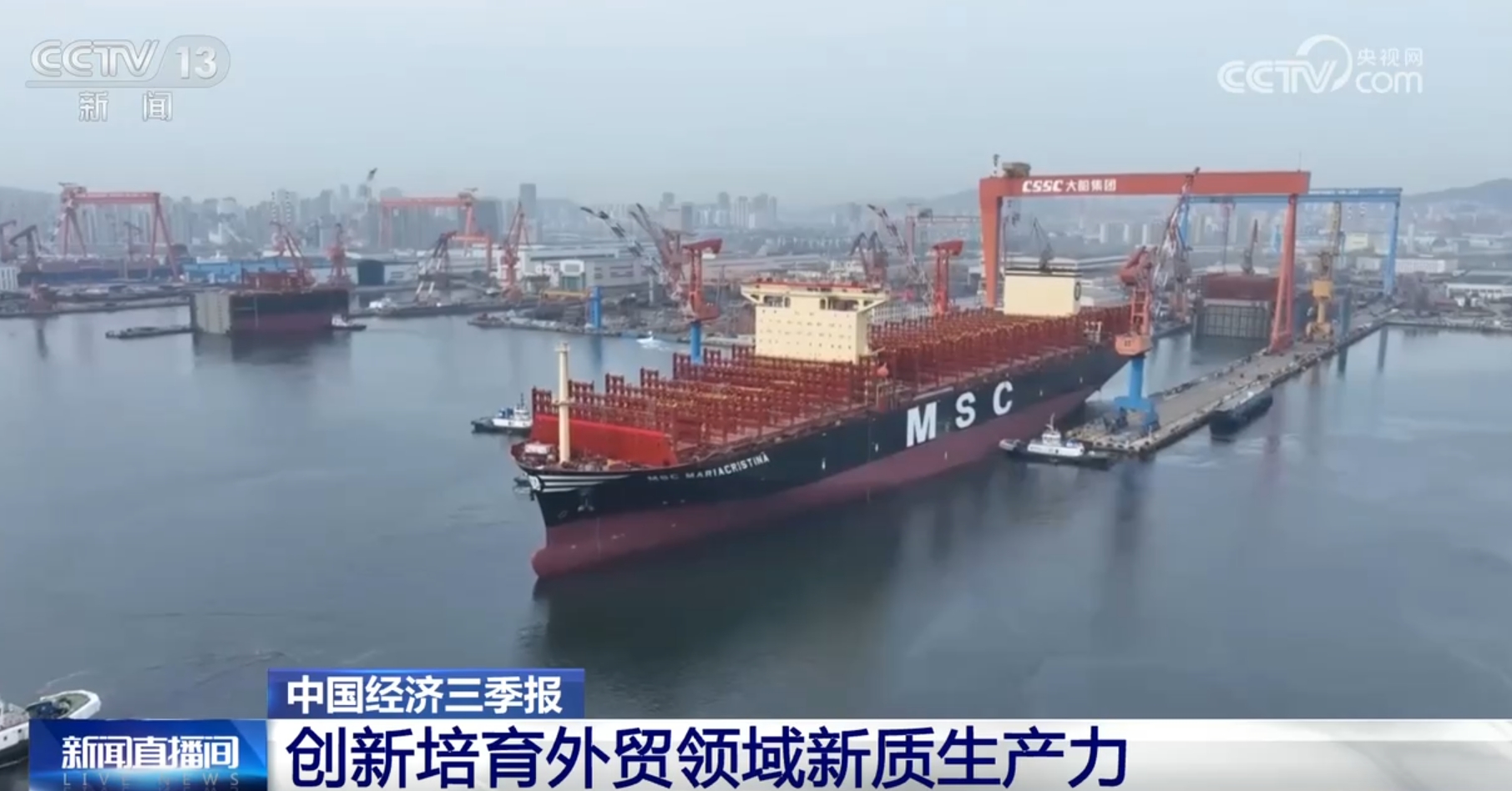
Since the beginning of this year, the cultivation of new kinetic energy in China’s foreign trade field has been fruitful, the export of labor-intensive products such as services has been revitalized, the export of high-tech products such as ships has accelerated, and the old and new kinetic energy have gone hand in hand; The international contribution has been continuously improved, and the export of machinery, equipment and intermediate products has strongly supported the relevant countries to develop production and expand investment, and maintained the stability of the global industrial chain and supply chain; New models and new formats are developing vigorously. Advanced technical means and models such as digital economy and market procurement enable the sustainable development of foreign trade, and new platforms and carriers such as e-commerce and free trade zones activate the vitality of foreign trade import and export.
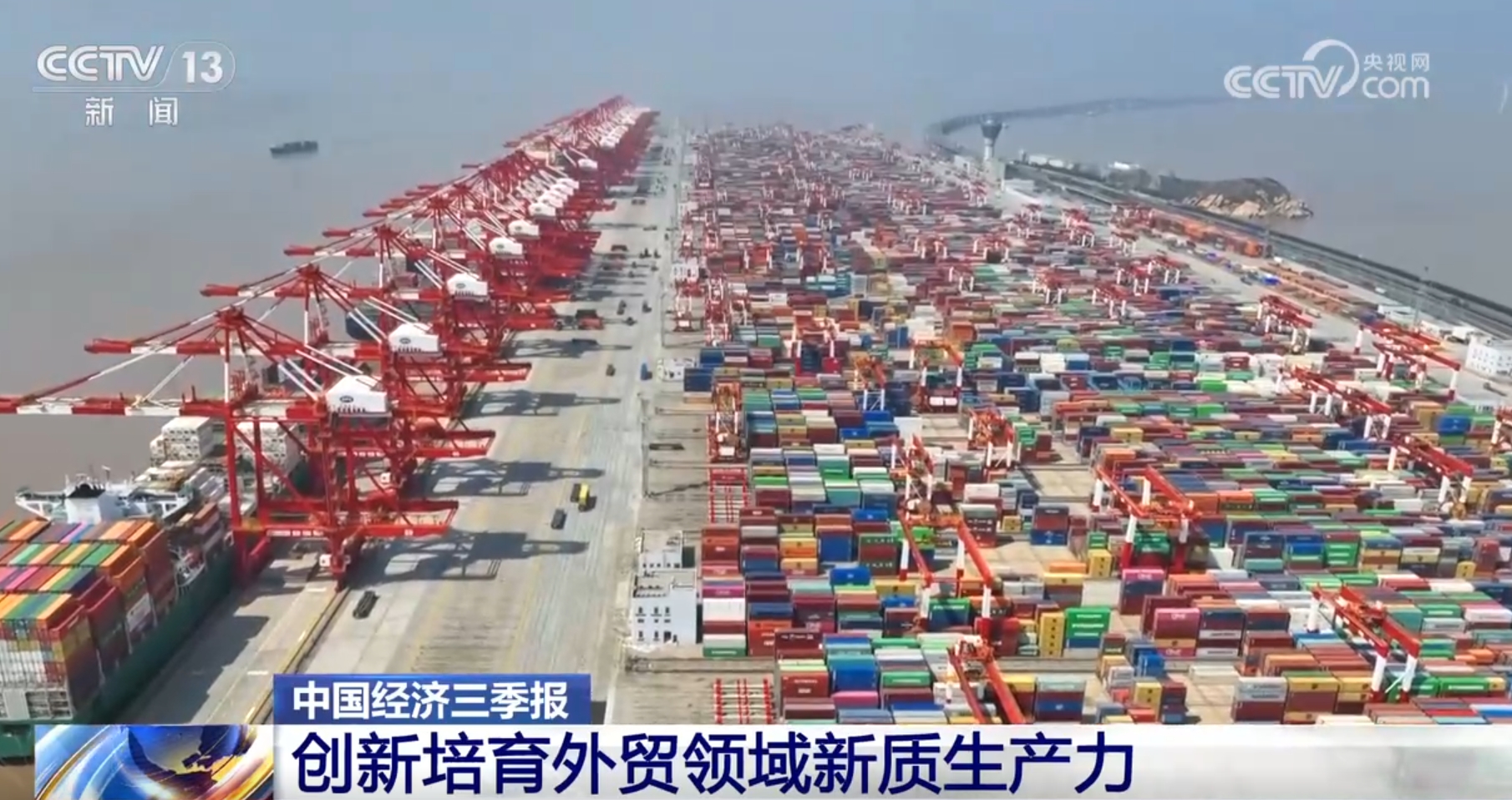
Tu Xinquan, Dean of China World Trade Organization Research Institute of the University of International Business and Economics, said: "China’s export product structure has been continuously optimized and upgraded. After decades of accumulation, the high-end and advanced nature of China’s export products have been further improved in recent years. Some product markets that were difficult for China to enter in the past have now become the territory for Chinese enterprises to expand their territory. A landmark development is that China will become the world’s largest automobile exporter in 2023. Even in some traditional fields, the technical content and brand value of China’s export products have also increased rapidly. It can be said that China’s industrialization has entered a stage of all-round rise and is rapidly entering a leading position. "
China’s economic third quarterly report: the import of bulk commodities increased steadily.
Judging from the foreign trade performance up to August this year, China imported 12.13 trillion yuan, an increase of 4.7%, of which the import of energy and mineral products increased by 4.9%. China’s imports of bulk commodities have steadily increased.
In Fangchenggang Wharf, Guangxi, the iron ore imported by enterprises is intelligently controlled with the cooperation of the terminal front conveyor belt and intelligent inspection terminal. The import of zinc ore at Guangxi port accounts for 1/3 of the country’s total, and the import of copper, manganese, lead and other mineral products accounts for 1/4 of the country’s total.
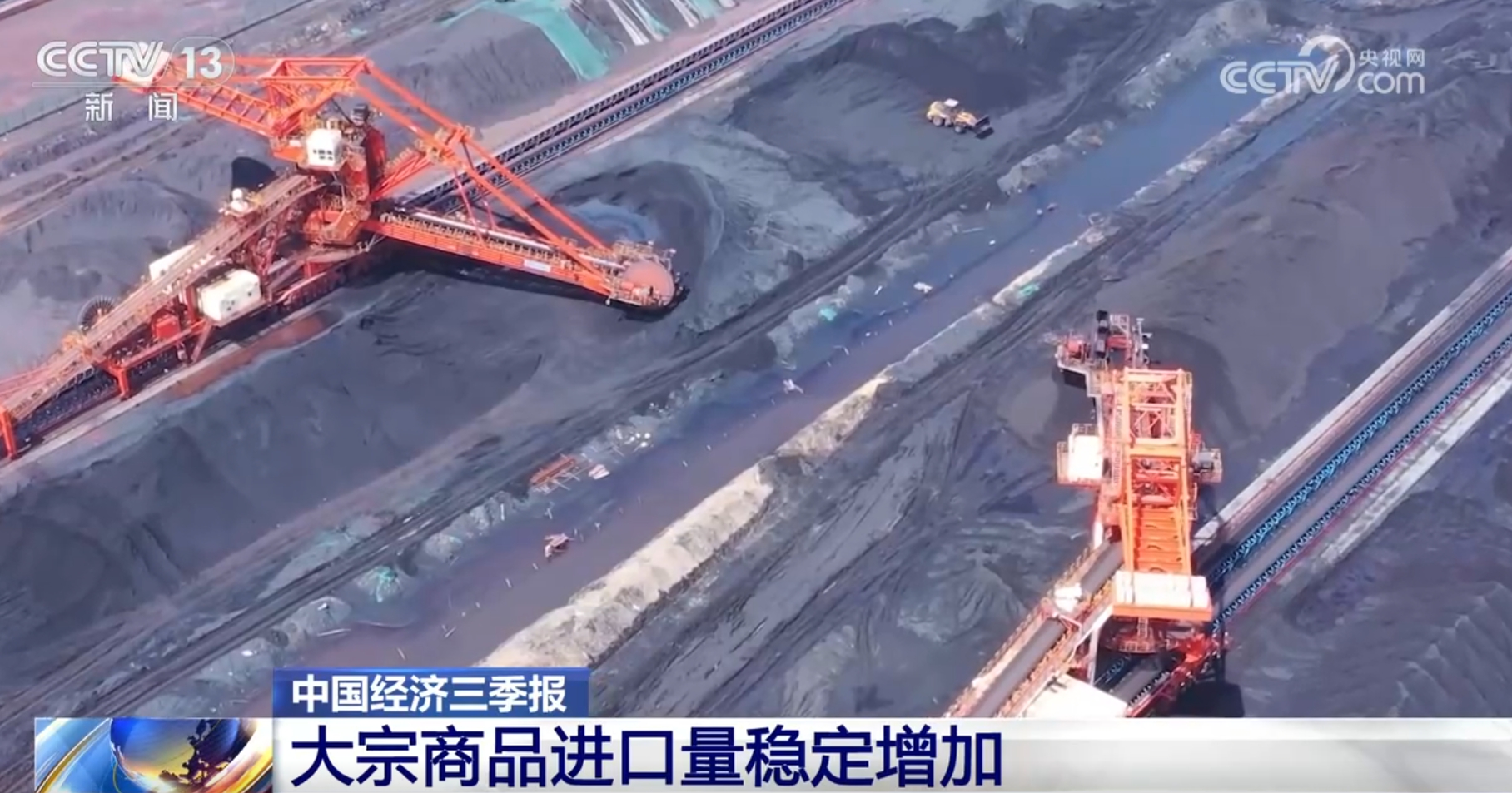
Wu Guojing, deputy section chief of Fangcheng Customs Supervision Section 7 under Nanning Customs, said that the "intelligent commodity inspection+imported iron ore inspection supervision mode" reduced the customs clearance time of imported iron ore by more than 50%, improved the efficiency of port loading and unloading operations by more than 20%, and saved the ship rent by 300,000 yuan at a time.
In March this year, Guangxi’s first pilot project to optimize the inspection and supervision mode of imported copper concentrate was launched in Nanning. According to statistics, the cumulative remote inspection of iron ore exceeded 7 million tons, reducing the cost for enterprises by more than 40 million yuan.
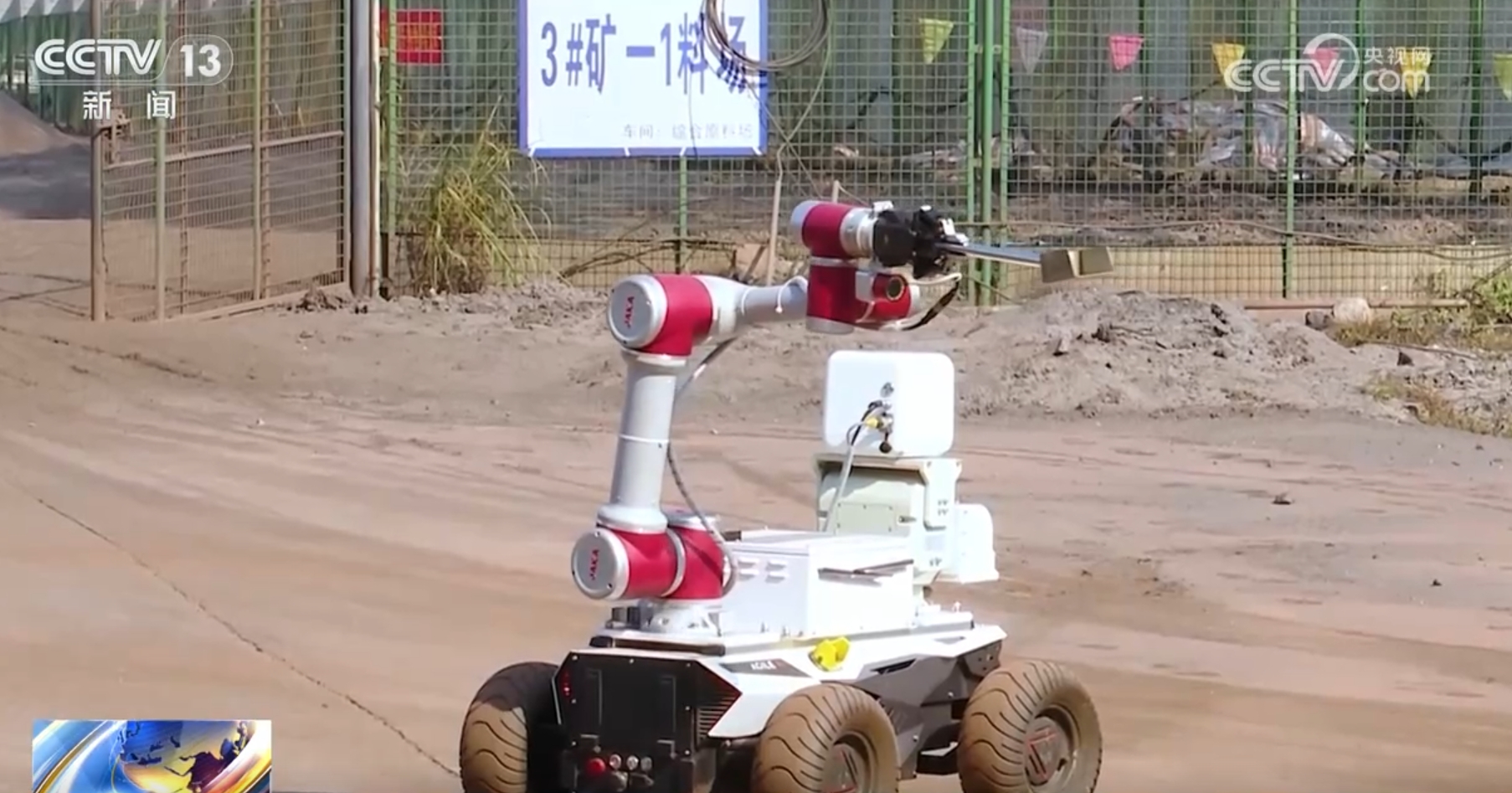
Zhou Caide, manager of the supply and sales department of Guangxi Jinchuan Nonferrous Metals Co., Ltd. said: "Now, as soon as the copper concentrate arrives in Hong Kong, we can send a car to the warehouse immediately, and the goods don’t have to be blown by the wind and rain at the dock. This model really saves us time and money, and it is ‘ Real money and silver ’ Good policy. "
From the perspective of imports, the China market continued to bring development opportunities to countries in the first eight months. Crude oil in the Middle East, natural gas in Central Asia, and metal ore in South America, all kinds of advantageous commodities in the "Belt and Road" countries are exported to China.
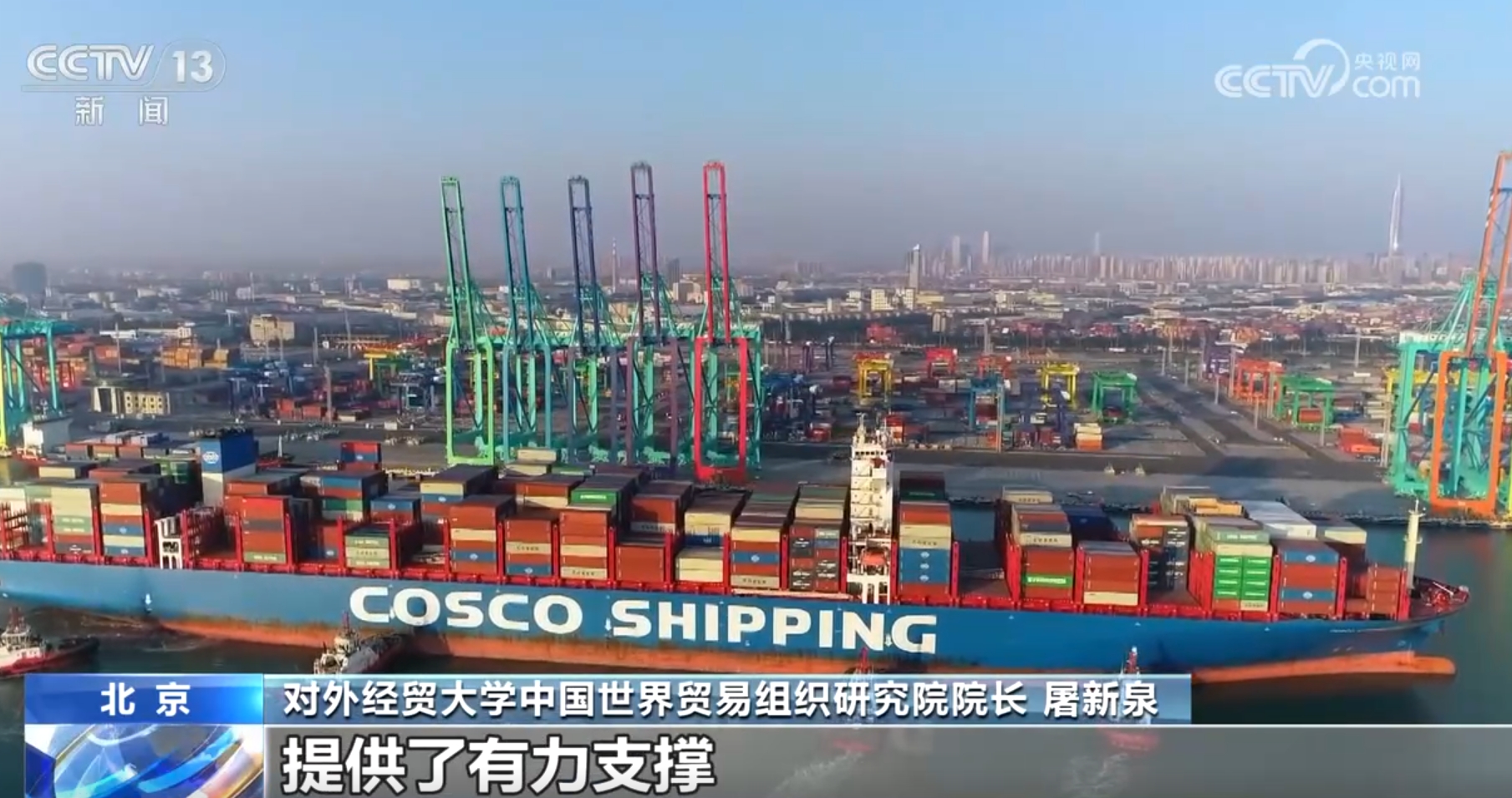
Tu Xinquan, Dean of the China World Trade Organization Research Institute of the University of International Business and Economics, said: "The increase in imports more reflects the changing trend of domestic production and consumption demand. From the perspective of production materials and consumption materials, China’s imports have increased rapidly in the first three quarters of this year, which shows that China’s economic vitality is constantly consolidating and strengthening. The increase in imports has actually provided strong support for China’s export growth. The benign interaction between imports and exports reflects the good trend of healthy economic development. "
The third quarterly report of China economy: continuous optimization of port business environment promotes foreign trade to speed up and increase efficiency
This year, China’s foreign trade continues to grow, which is not only the blessing of the subjective initiative of foreign trade enterprises, but also the help of the continuously optimized port business environment. Especially on the long coastline, China’s marine ports support more than 30% of the world’s foreign trade and shipping.
Entering Rizhao Port, Shandong Port, customs officers are conducting quarantine inspection on more than 40,000 tons of imported wood chips at the special loading and unloading berth. After the inspection, the wood chips are directly transported to the enterprise raw material storage yard with a straight line distance of 800 meters without reloading, thus realizing seamless connection from the dock to the factory.
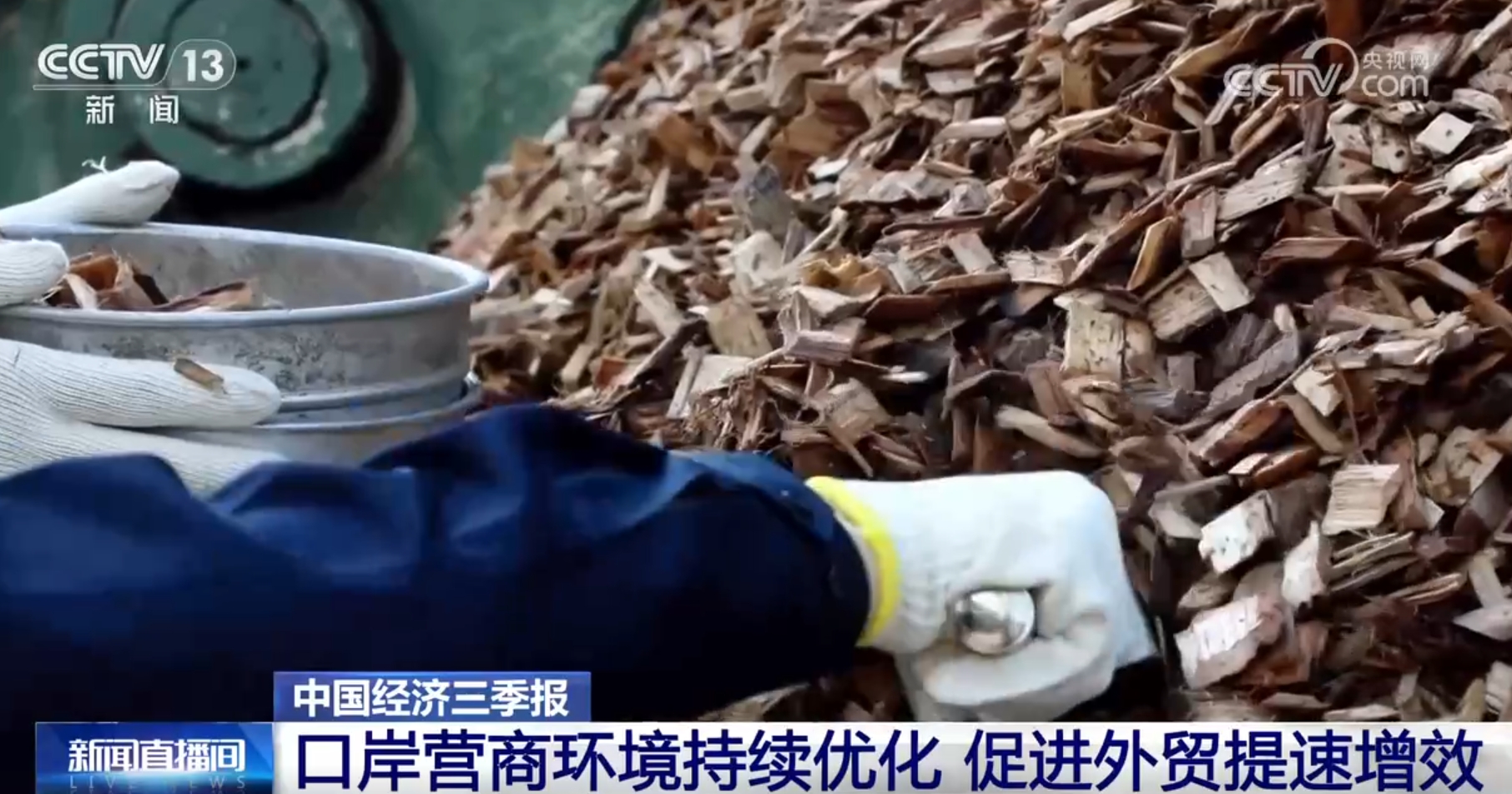
Xu Guangli, director of pulp and paper company, said: "The advantages of port resources and business environment attract enterprises to invest nearly 30 billion yuan in Rizhao, and the annual import and export value of enterprises is nearly 1.5 billion US dollars."
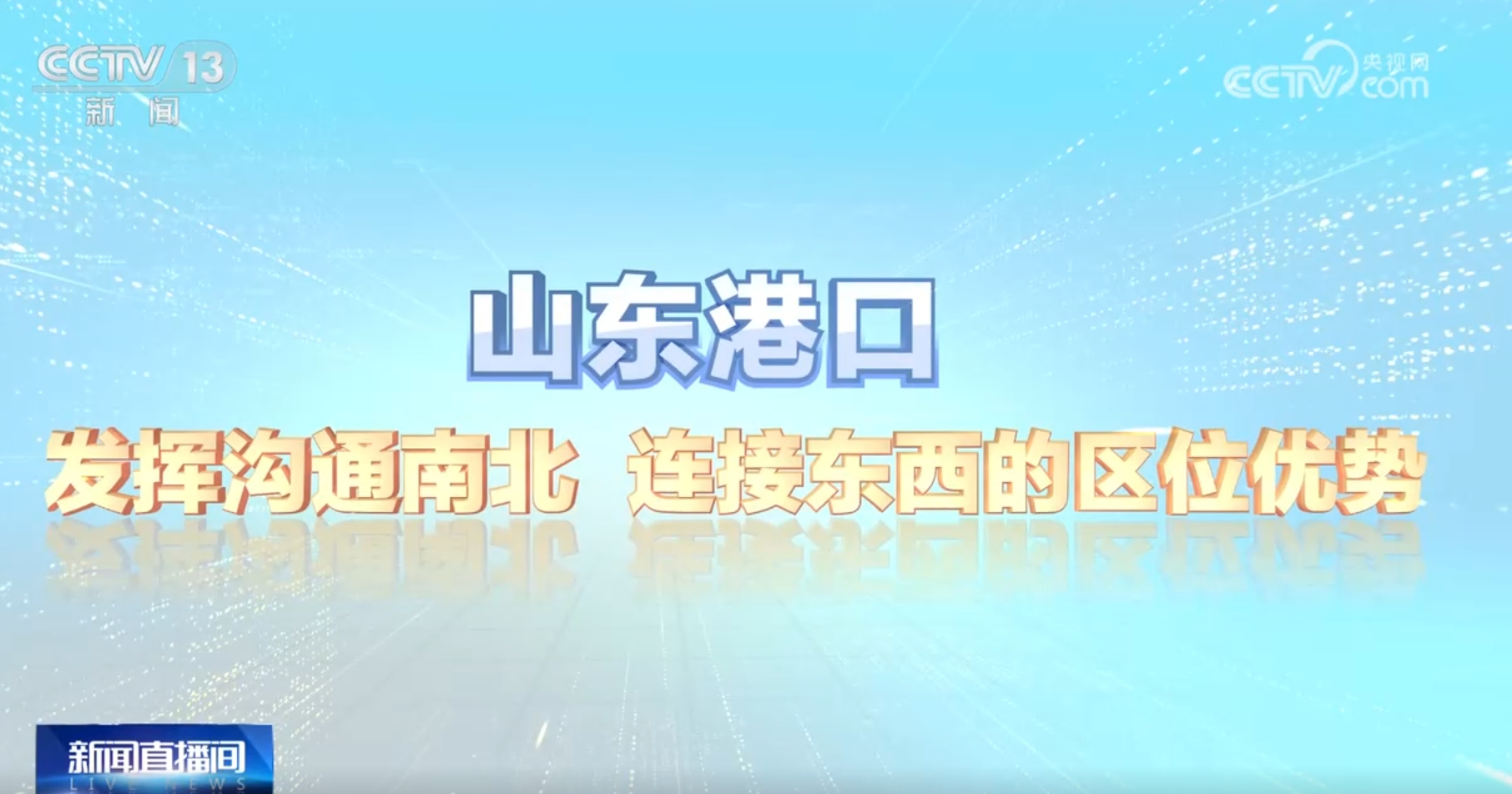
Shandong port plays a geographical advantage of connecting the north and the south and connecting the east and the west. The transportation volume of crude oil, iron ore, bauxite and grain accounts for 1/3, 1/4, 3/5 and 1/5 of the national total respectively.
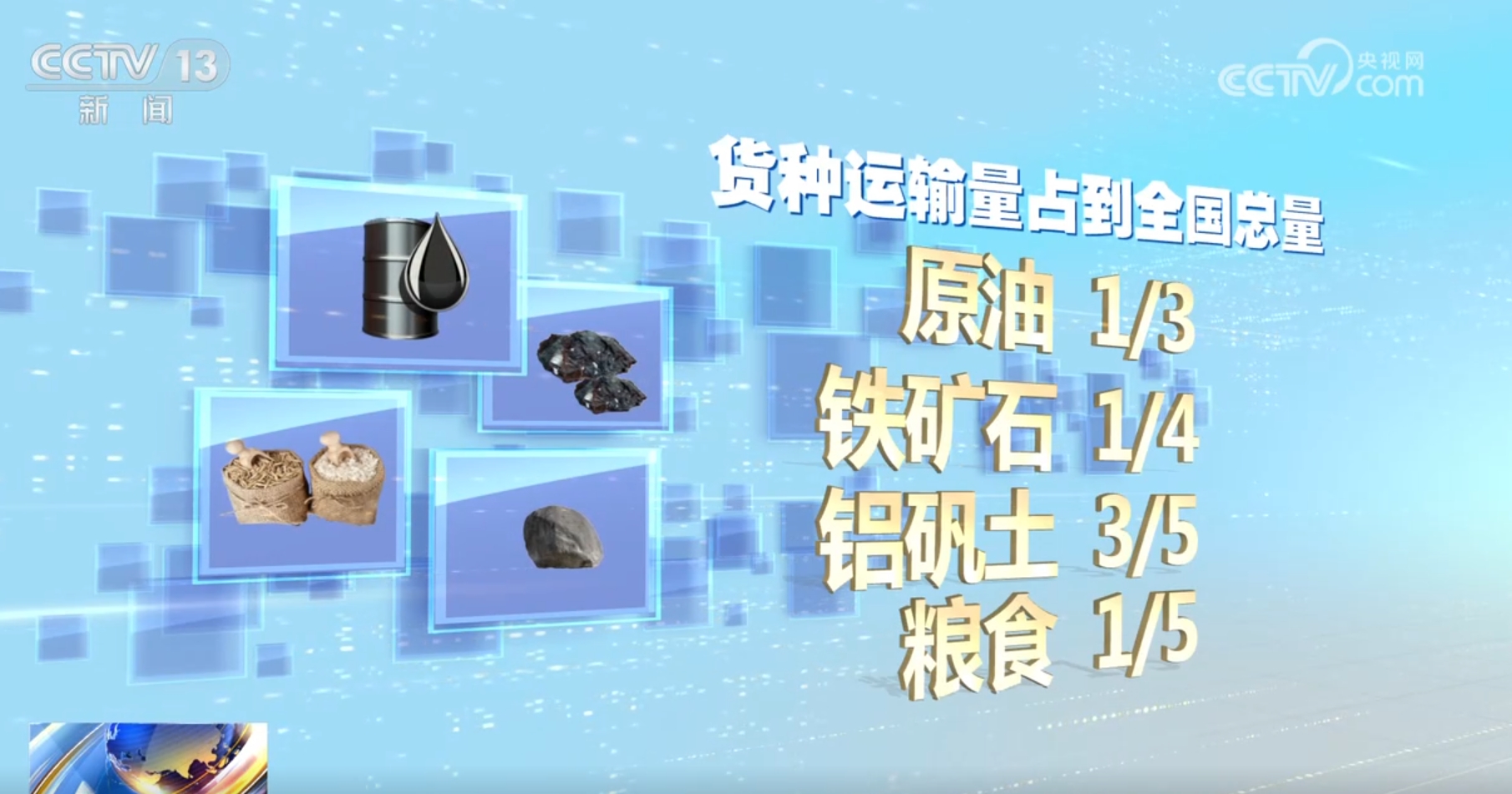
Cao Ning, general manager of Rizhao Port Minggang Crude Oil Terminal Co., Ltd., Shandong Port, said that at present, there are more than 90 national routes for building the Belt and Road Initiative and more than 120 routes serving RCEP, which provides an important boost for China’s northern trade to reach the whole world.
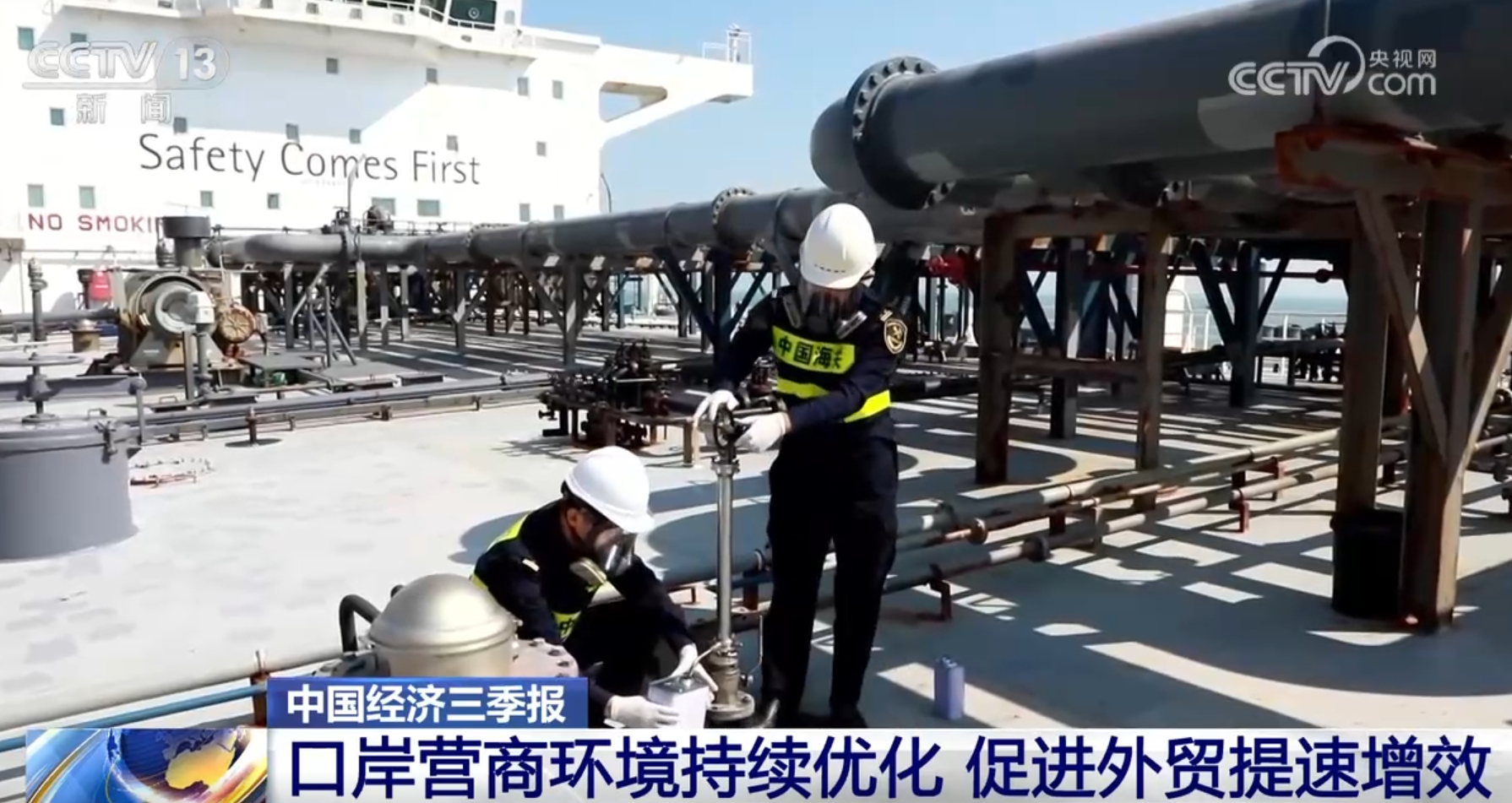
The import volume of fuel oil in Shandong port ranks first in China. In view of the focus problems reflected by imported fuel oil enterprises, such as repeated inspection of goods in and out of the warehouse, inconsistent results, pressure on goods and increased customs clearance costs, Qingdao Customs innovatively put forward the "one-stop test" reform in April this year, and the General Administration of Customs has now implemented it nationwide.
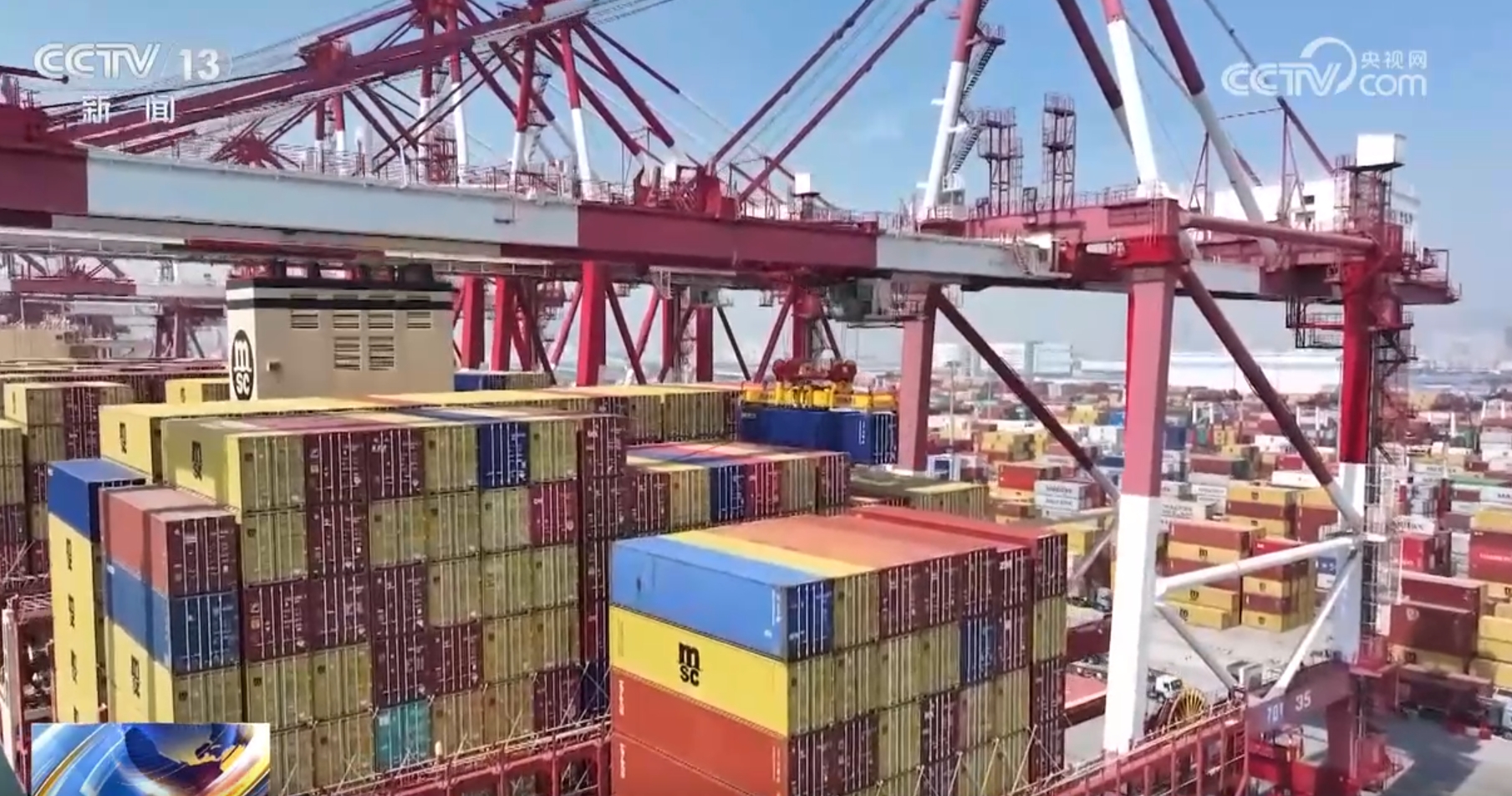
The continuously optimized business environment not only presses the "shortcut key" for the import and export of goods, but also attracts more domestic and foreign enterprises to accelerate their gathering. The new measures for the reform of Qingdao Port are an example of the five-month special action to promote cross-border trade facilitation, which was launched in April this year. Reducing the burden and increasing the vitality for foreign trade enterprises is a portrayal of the effective implementation of cross-border trade facilitation measures. At present, the relevant departments are constantly reforming and innovating, and constantly strengthening their efforts. Through the "two-wheel drive" of reform and science and technology, they are constantly optimizing the "soft" business environment, continuously cultivating and developing "hard" strength, and helping China’s foreign trade to increase steadily.
关于作者